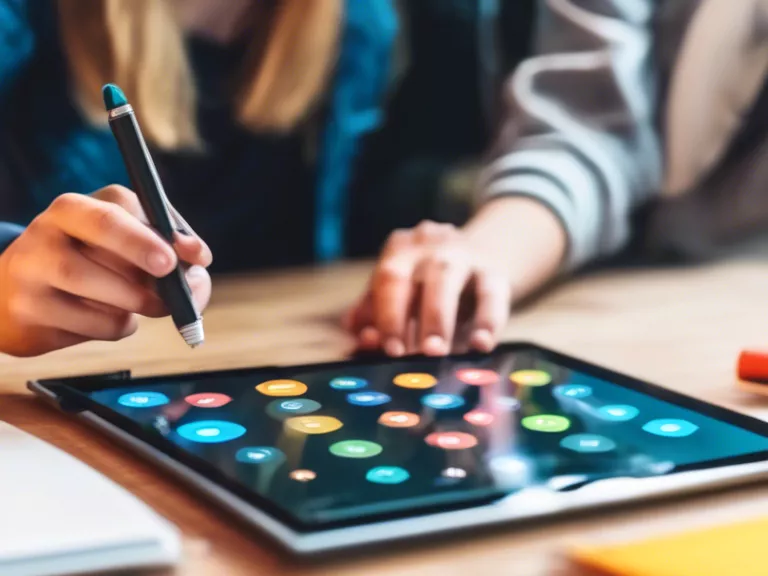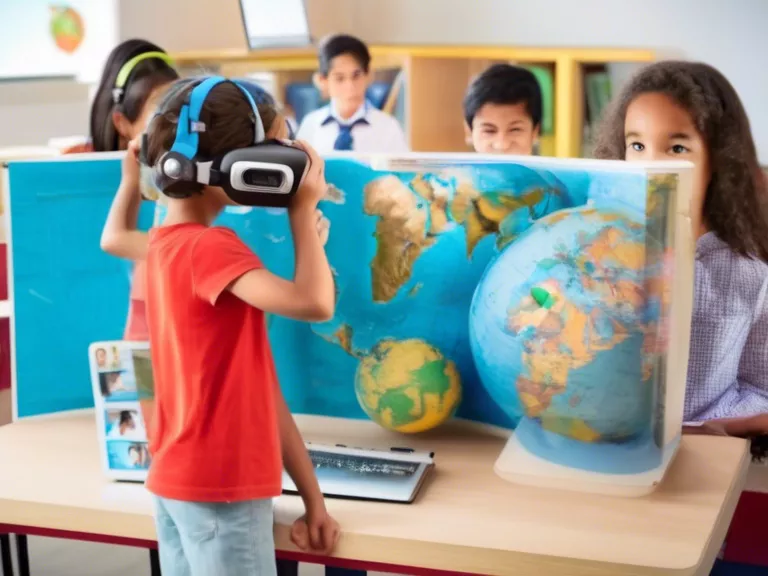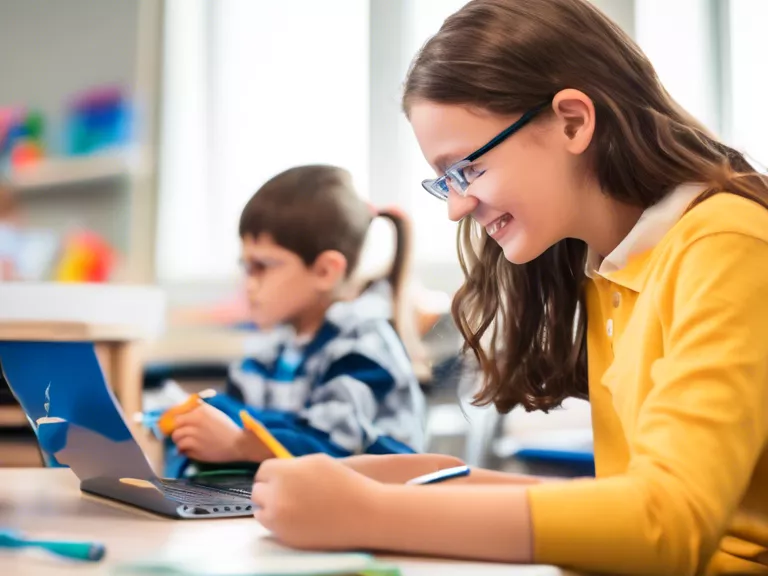
In recent years, the rise of EdTech platforms has revolutionized the way education is delivered. With the global shift towards remote learning due to the COVID-19 pandemic, these platforms have become even more essential in supporting educators and students. One key aspect that sets EdTech platforms apart is their use of interactive tools to enhance the learning experience for students of all ages. From virtual classrooms to online assessments, these tools provide a dynamic and engaging learning environment that is crucial in keeping students motivated and connected.
One way EdTech platforms are supporting remote learning is through the use of interactive whiteboards. These digital tools allow teachers to present information in an engaging manner, incorporating videos, images, and interactive activities to keep students focused and interested. Students can also participate by sharing their screens, working collaboratively on projects, and receiving instant feedback from their teachers.
Another innovative tool used by EdTech platforms is virtual reality (VR) technology. VR allows students to explore different concepts in a hands-on way, immersing themselves in virtual environments that bring learning to life. For example, students studying history can virtually visit important historical sites, while those learning about biology can explore the inner workings of cells in 3D.
Interactive quizzes and assessments are also popular features of EdTech platforms. These tools allow teachers to gauge student understanding in real-time, providing immediate feedback and personalized learning recommendations. Students can track their progress over time, identify areas for improvement, and access additional resources to support their learning goals.
Collaboration tools are another key component of EdTech platforms, enabling students to work together on group projects, share ideas, and communicate with their peers. These tools mimic the real-world experience of working in teams, fostering collaboration skills and promoting a sense of community even in a remote learning environment.
Overall, EdTech platforms are at the forefront of supporting remote learning through the integration of interactive tools. By providing a rich and dynamic learning experience, these platforms are helping to bridge the gap between physical and virtual classrooms, ensuring that students can continue to learn effectively regardless of their location.



